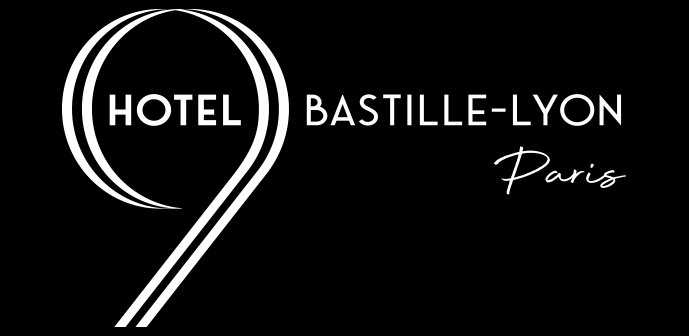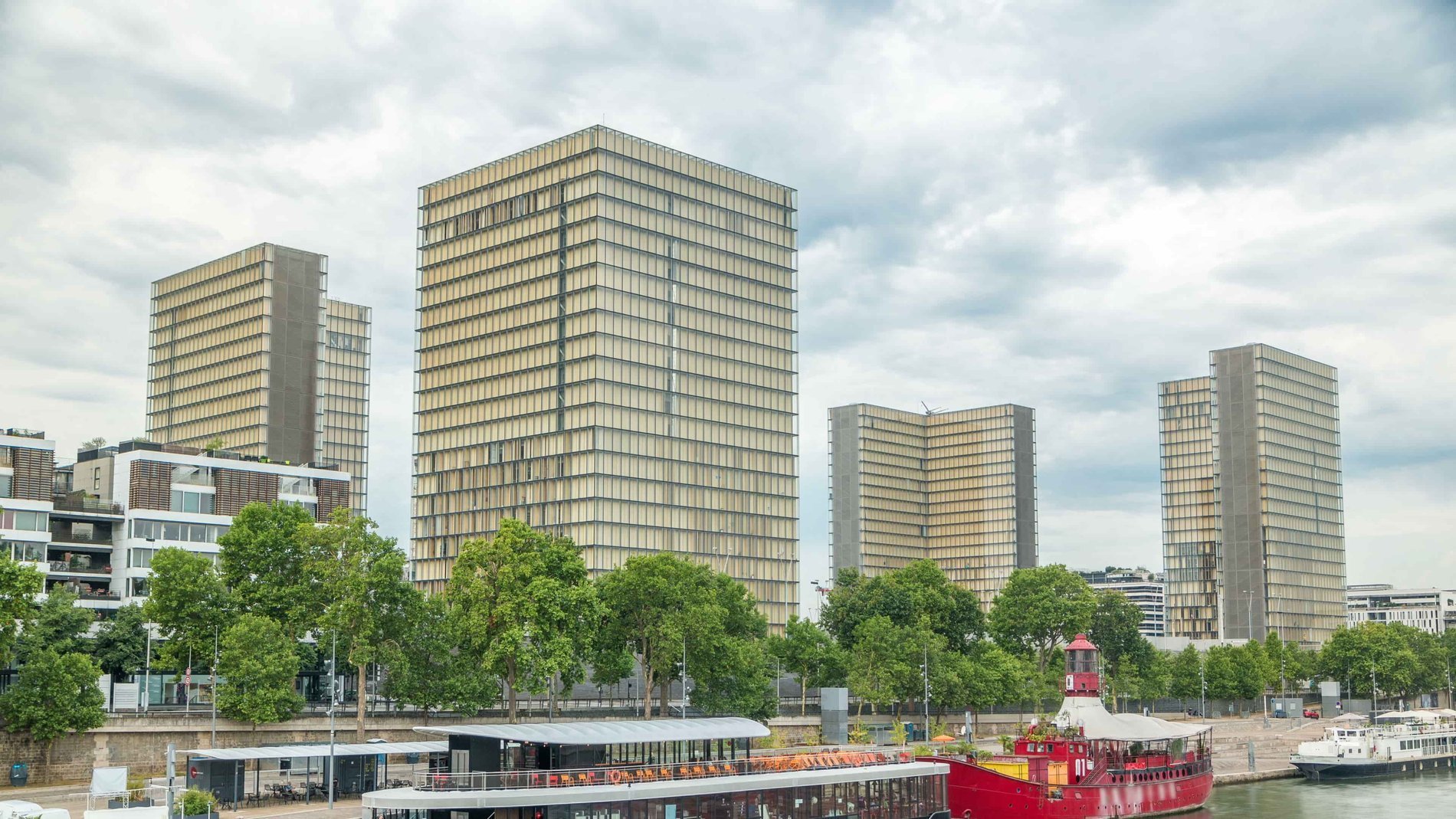Hotel near National Library of France
Not Far from the National Library of France – A Well-Located Hotel
25 minutes on foot from the hotel
Once the royal library, and renamed the Bibliothèque nationale de France (BnF) during the French Revolution, this institution holds one of the largest documentary collections in the world. Its archives are now mostly housed in the striking buildings inaugurated by President François Mitterrand in 1995 on the Tolbiac site. Strolling along the banks of the Seine, the BnF is only a short distance from Hotel Lyon-Bastille.
The National Library of France – A Monument Built on History
This public institution, which preserves France’s national documentary heritage, has a long and fascinating history. It was initiated in the Middle Ages by King Charles V, and subsequently enriched and protected by monarchs, emperors, and republics alike throughout the centuries.
In 1368, King Charles V officially established the royal library in the Tour de la Fauconnerie of the Louvre. The collection, catalogued by Gilles Mallet (the first royal librarian), contained 917 manuscripts—a modest number compared to the nearly 40 million items held by the BnF today, but it was a remarkable feat for the time.
For the first time, a library was designed to be passed from one monarch to the next. However, taking advantage of King Charles VI’s madness, his uncles looted the most valuable books. The English later seized the rest—most notably the Duke of Bedford, son of King Henry IV of England and regent of France, who transported a library of 1,220 books across the Channel. After his death in 1435, this collection was dispersed.
The rebuilding process began under King Louis XI during the early Renaissance. The royal library was eventually moved from Amboise to Blois, and finally returned to Paris in 1568 under Charles IX. Over time, the library was enriched with manuscripts seized in Milan from the Visconti and Sforza families, and books from the Kings of Aragon taken during the Naples campaigns.
In 1537, François I merged this collection with that of Fontainebleau and introduced legal deposit laws, assigning Guillaume Budé to oversee their implementation.
Despite the disruptions of the Wars of Religion, the library flourished under Louis XIV. It was finally established on Rue de Richelieu in 1720. The collection remained there until President François Mitterrand launched the monumental new library project in 1988.
From the Richelieu Library to the François Mitterrand Library
It was Abbot Bignon, keeper of the Royal Library, who secured the move to Rue de Richelieu, into the Palais Mazarin, later known as the Hôtel de Nevers. Divided into five departments, the Richelieu site took on the structure it maintains to this day.
During the French Revolution, the library suffered no major damage but was renamed from Royal Library to National Library, later becoming Imperial Library under Napoleon, then Royal again during the Restoration.
Although legal deposit was briefly suspended from 1790 to 1793, the library's collection grew immensely. The Republic seized materials from the Church, aristocracy, and suppressed universities and abbeys, as well as "war spoils" during the Revolution and Empire.
Throughout the 19th century, the buildings were expanded, particularly under architect Henri Labrouste. By 1979, the growing collection required decentralization, with parts sent to locations like the Arsenal, the Opéra, and even Avignon (Maison Jean-Vilar).
Then, on July 14, 1988, President François Mitterrand, encouraged by Jacques Attali, announced the construction of “one of the largest and most modern libraries in the world… covering all fields of knowledge, open to everyone, using the most advanced data technologies, accessible remotely, and networked with other European libraries.” The François Mitterrand Library project was born.
A Modern Library on the Left Bank of the Seine
As part of Mitterrand’s “Grands Travaux”, the new library was built in the rapidly changing Tolbiac neighborhood. The bold architecture, designed by Dominique Perrault, features four towering buildings shaped like open books.
Though initially controversial, the new Bibliothèque nationale de France was completed in 1995 and officially opened to the public on December 20, 1996. Most of the collection from Rue de Richelieu was relocated to this new site.
One major criticism was that delicate documents were stored in upper floors exposed to sunlight through glass walls—conditions less than ideal for preservation—while the reading rooms were buried underground.
Despite the architectural challenges, Perrault’s vision created a symbolically powerful space, and France now boasts one of the world’s largest and most accessible libraries. Much of its content is now digitized and available online, including audio and audiovisual archives.
A Public Service Mission
The BnF is a public administrative institution overseen by the Ministry of Culture. Its mission: to collect, catalogue, preserve, and enrich France’s documentary heritage, and to make it widely accessible.
It also manages legal deposit, instituted by François I in 1537, which now includes printed works, photographs, coins, audiovisual and multimedia materials, and even web content. Since 2011, more than 70,000 printed books are deposited each year, along with 200,000 to 250,000 periodicals.
The BnF's collection is continually expanding through legal deposits, acquisitions, donations, and international exchanges.
As part of its public service role, the BnF also welcomes public contributions through fundraising campaigns to acquire national treasures—as does the Louvre. For example, in 2014, it raised over €300,000 through public donations to acquire the illuminated manuscript Description of the Twelve Caesars with Their Portraits by Jean Bourdichon.
A Cultural Landmark Worth the Visit
Thanks to its distinctive architecture, the Bibliothèque nationale de France – François Mitterrand is visible from afar and makes for a worthwhile destination for a walk along the Seine. Starting from Hotel Lyon-Bastille, a scenic riverside stroll will lead you right to the doors of this exceptional monument to knowledge and culture.


